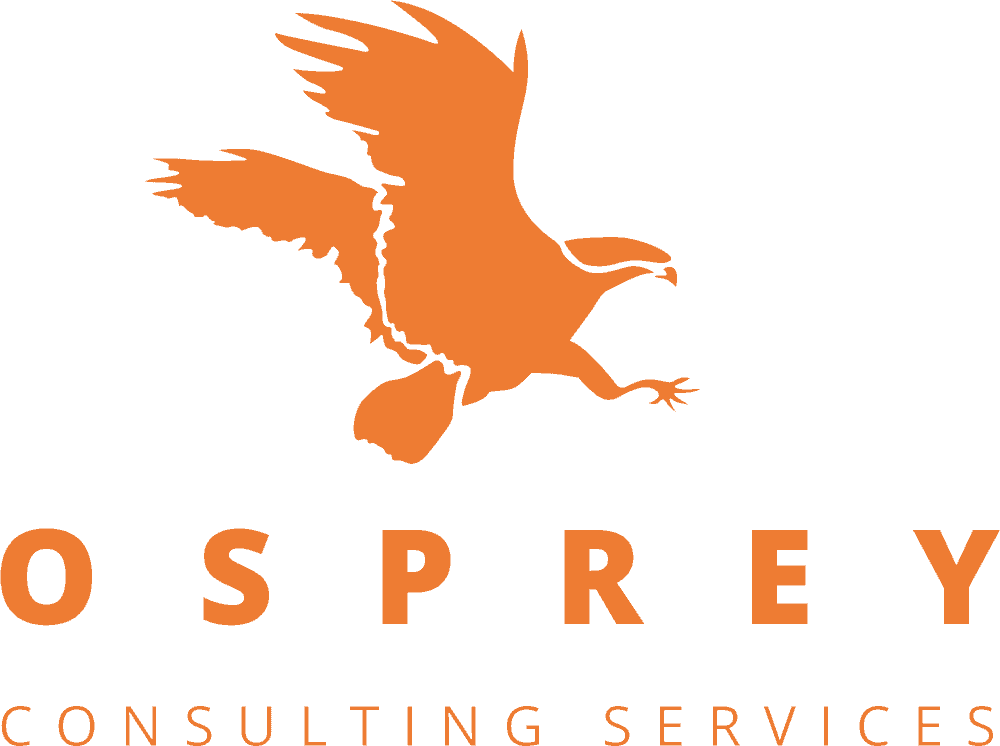Commodity safety cases are a vital but regularly overlooked piece of the safety puzzle. Often supporting the higher complex system safety argument, the commodity safety case should be developed to provide adequate assurance to the risk owner, that the commodity in question doesn’t unduly present a level of risk that results in the higher system being ‘less safe’ after the commodity is introduced.
Working alongside an international provider of survival equipment across military and civil domains, Osprey has developed a number of commodity safety cases for life preserving assemblies being used in the Australian Defence Force, Saudi Air Force and British MOD, including Fast Jet, Rotary Wing and submarine escape suits.
This has resulted in meeting tight design timescales, meeting the requirements of international standards and, the stipulations of operating in military environments, all whilst being cognisant of the higher level risk appetite of the risk owner. The equipment produced has the unusual requirement of being a ‘low demand’ product that has to operate, as designed, in adverse conditions, often being the ‘last line of defence’ for safety of life. This in itself is an unusual aspect for arguing safety but something Osprey consultants relished.
The key question in developing a commodity safety case is:
‘How do I articulate that my equipment is adequately safe for use when considered part of a higher level platform?’
Osprey has answered this question numerous times by taking the following approach:
Osprey takes an end-to-end safety approach, recognising that whilst the commodity may have intrinsic hazards it is often the interfaces with other systems, either complex or simple, that results in increased Risk to Life (RtL).
Our consultants dissect requirements placed upon the OEM, identifying those applicable to safety as well as providing guidance on how best to demonstrate compliance. Relevant domain and equipment specific regulations and standards are also observed and feature heavily in the safety argument.
Osprey engages directly with OEM design and test engineers, developing a comprehensive understanding of the equipment, its perceived operating environment and the complexities that have to be addressed and overcome. Utilising recognised HazID techniques and leading a body of SQEP, our consultants identify hazards that will be presented to the higher level system, from this, identifying appropriate avenues for mitigation, whether that be re-design, testing/trials or policy and procedures. ALARP arguments are developed to provide the risk owner with an unbiased view on the commodity influence on RtL so an educated and informed ALARP judgement can be made.
Fundamental to the ongoing through life safety of the product, Osprey continues to review standards and regulations, re-assess the safety argument against in-service history and experience, keep an eye on emerging technology to assess the impact on proposed mitigations, all to ensure that RtL remains ALARP.
Osprey recognises that every client is different, in some situations a straightforward safety assessment can be undertaken and compiled, other instances may require a detailed breakdown of safety requirements and a number of hazard workshops. In support of this Osprey has developed a commodity safety case framework, allowing the support we provide to be tailored to the needs of our client.
Image Credit: © MOD / Crown Copyright

